Rock climbing in Yosemite: the nuts and bolts
We answer your questions on rock climbing in Yosemite, from how hard it really is, to what you’ll need and where to go for your first time

Rock climbing in Yosemite isn't just for thrill seekers – it’s also a spectator sport. On any given sunny day, if you’re passing El Cap meadows, you’re bound to see clusters of hikers and families spread out in the grass with their binoculars pointed up at El Capitan, trying to get a glimpse of some foolhardy climbers inching their way like tiny ants up the wall. Even driving around the park, you’ll quickly notice that climbers are everywhere here.
For decades now, keen climbers have been offloading their worldly possessions and (illegally) living in the park so that they can devote their entire lives to climbing on the park’s towering granite walls. If you’re a rock climber, at some point you're going to want to pull on your climbing shoes and experience the magic and challenge of rock climbing Yosemite, so we answer your questions on how hard it really is, what you need and where to go.

Is Yosemite good for climbing?
Good for climbing, you ask? Yosemite is a climbing mecca, known for having some of the best rock climbing in the world and its trademark granite slabs have been a source of inspiration for rock climbers for some 150 years. The story of rock climbing in Yosemite goes all the way back to 1869, when Warren Harding completed the first ascent of El Capitan and John Muir tackled Cathedral Peak without ropes. It’s a mecca for trad climbing, from crack climbing to multi-day vertical marathons where you sleep in your harness on mammoth-sized walls like El Capitan, Half Dome and Sentinel Dome. In fact, it was the birthplace of the Yosemite Decimal System, the hiking and climbing rating system which is commonly used in North America to rate the difficulty of different routes.
Several of its famous routes and walls have been lionized by major motion pictures – recent successes on El Capitan were chronicled in the 2017 film Dawn Wall and the 2018 smash Free Solo, while the 2014 film Valley Uprising tells the story of rock climbing’s early days in the park. Go and check out our list of the best climbing films for some inspiration.
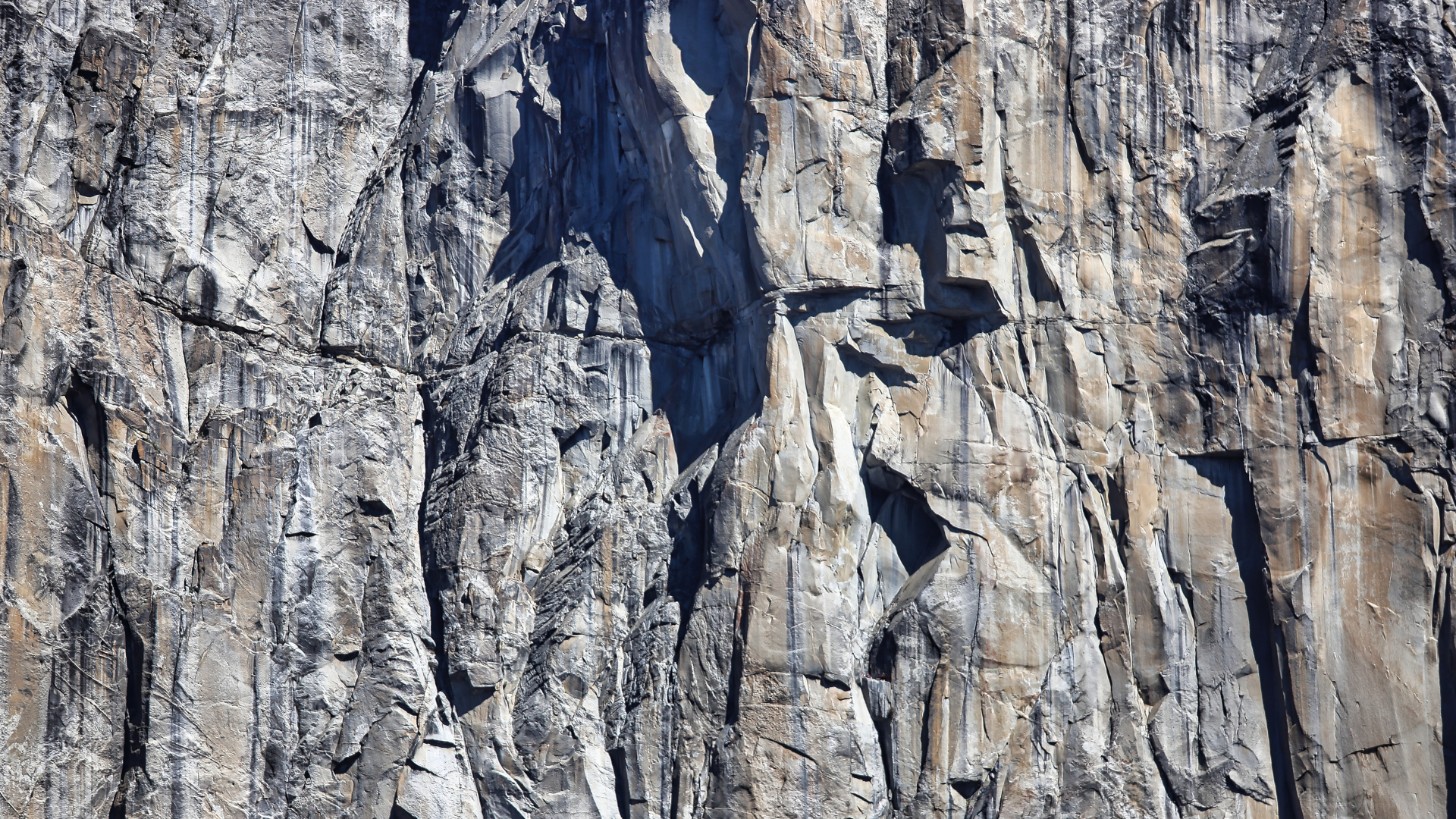
How hard is Yosemite climbing?
Climbing in Yosemite can be as hard as it gets. At 3,000ft long and with a rating of 5.14d, the Dawn Wall on El Capitan is widely considered to be the hardest free climb in the world. Meanwhile, a lot of Yosemite’s climbing is characterized by slippery, well-worn crimpy holds, long climbs and routes that are more difficult than their grade suggests, so climbing here can be humbling, to say the least. But in addition to its ruthless big wall climbing routes, Yosemite has plenty of one-pitch routes and covers all grades and types of climbing, so if your last name isn’t Honnold or Caldwell, don’t discount it just yet.
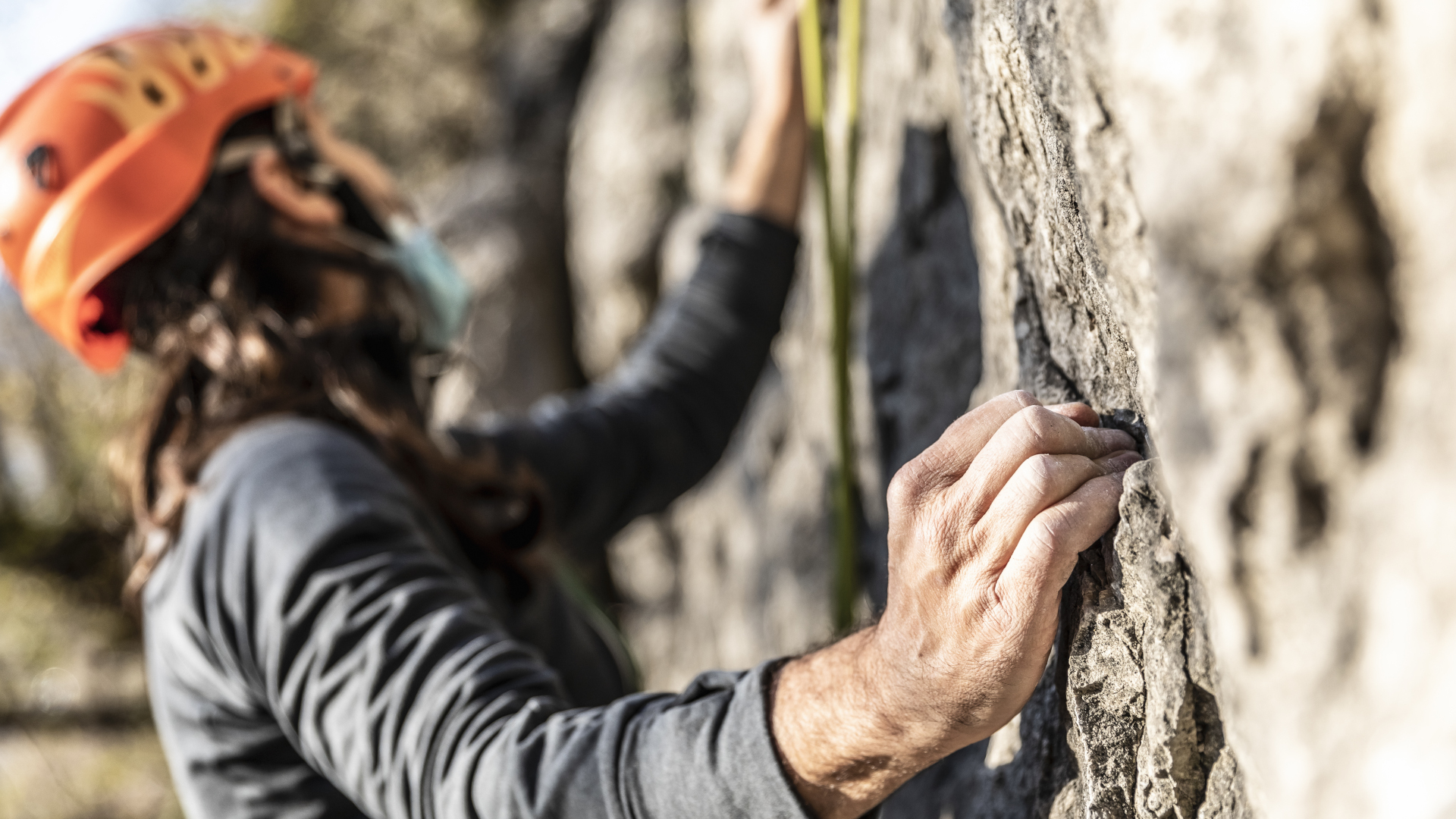
Can beginners climb in Yosemite?
It really depends if you mean a total beginner or someone who has only been climbing for, say, six months. Let’s say you’re a total beginner. We’re not here to say you couldn’t do it; in fact, if your first climbing experience was in Yosemite and all went well, you’d have the time of your life. The main problem would be that rock climbing would be all downhill from there.
But in all seriousness, to get the most out of your time in Yosemite, you should spend some time at an indoor wall or a smaller crag first to get a handle on how to use your gear, then consider going out with a professional guide from Yosemite Mountaineering School. Without a little background, you’d probably have more fun enjoying some of the best hikes in Yosemite on foot.
All the latest inspiration, tips and guides to help you plan your next Advnture!
As we said, even though Yosemite has routes at all grades, these routes were graded back in the day, and a 5.6 in Yosemite might be a 5.8 back home. If you’ve been climbing for a little while, you can probably find some fun stuff to cut your teeth on, though we still recommend going out with a guide. You’ll find fun bouldering problems near Camp 4, at the base of El Cap, and some 5.6-graded top roping routes on Swan Slab across from Yosemite Lodge and on Church Bowl between Yosemite Village and the Ahwahnee.
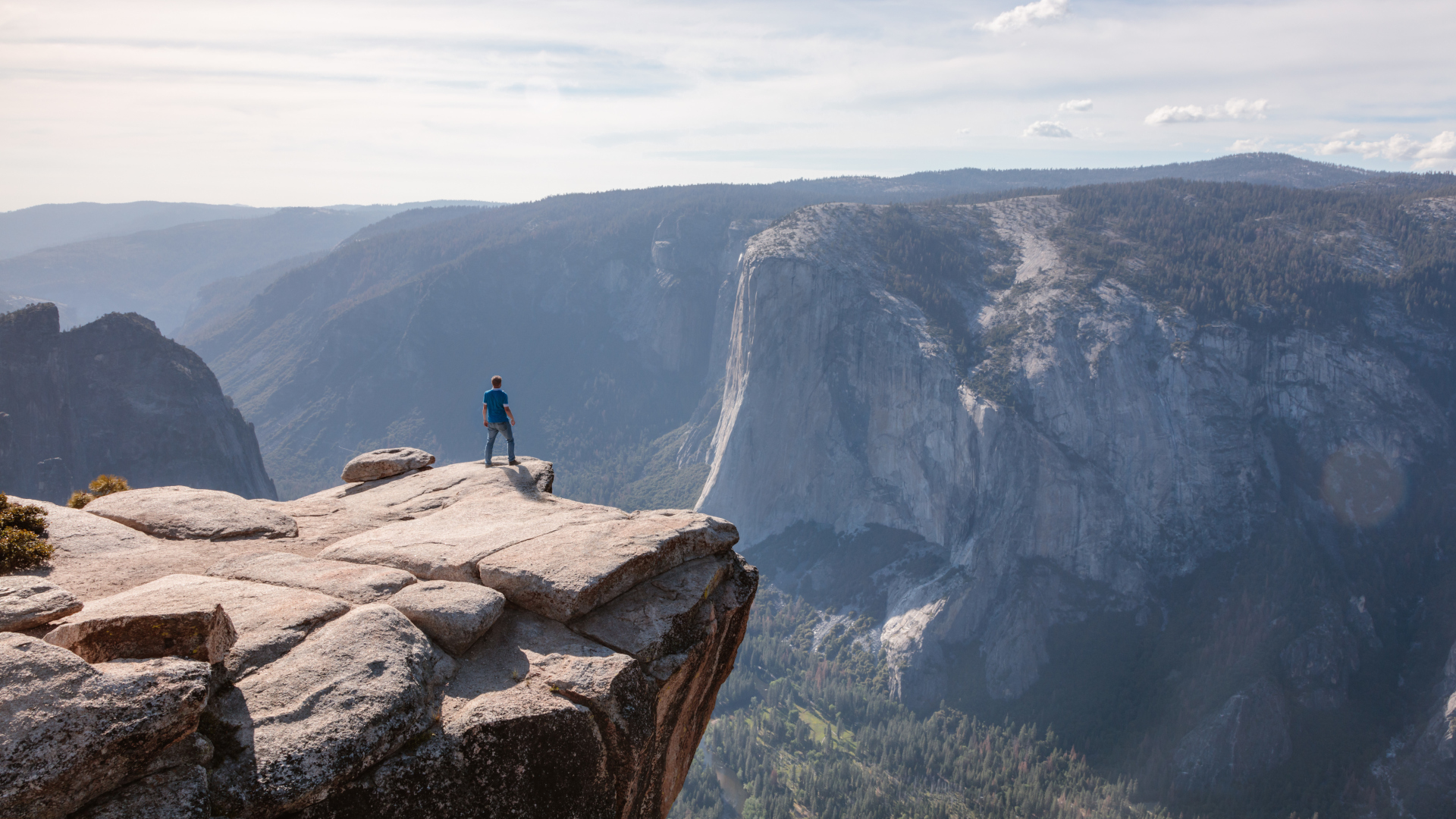
How much is it to rock climb at Yosemite?
If you’re just driving into the park for the day to try your hand at Cathedral Rocks or Royal Arches for a couple of hours, your park entrance fee of $35 which covers your vehicle for seven days is all you need to pay. If however, you’re going out with Yosemite Mountaineering School, prices range from about $170 for a beginner’s day-long session, to $470 for a two-day big-wall workshop.
Do you need permits to climb in Yosemite?
For day climbing, you do not need any permits to climb in Yosemite. If you’re planning on staying overnight on the big walls, you do need to request a free wilderness climbing permit two to 15 days before you want to climb. Currently, during peak hours of 6 a.m. to 4 p.m. during the summer months, you also need a reservation to enter the park, so keep that in mind as you’re getting organized.
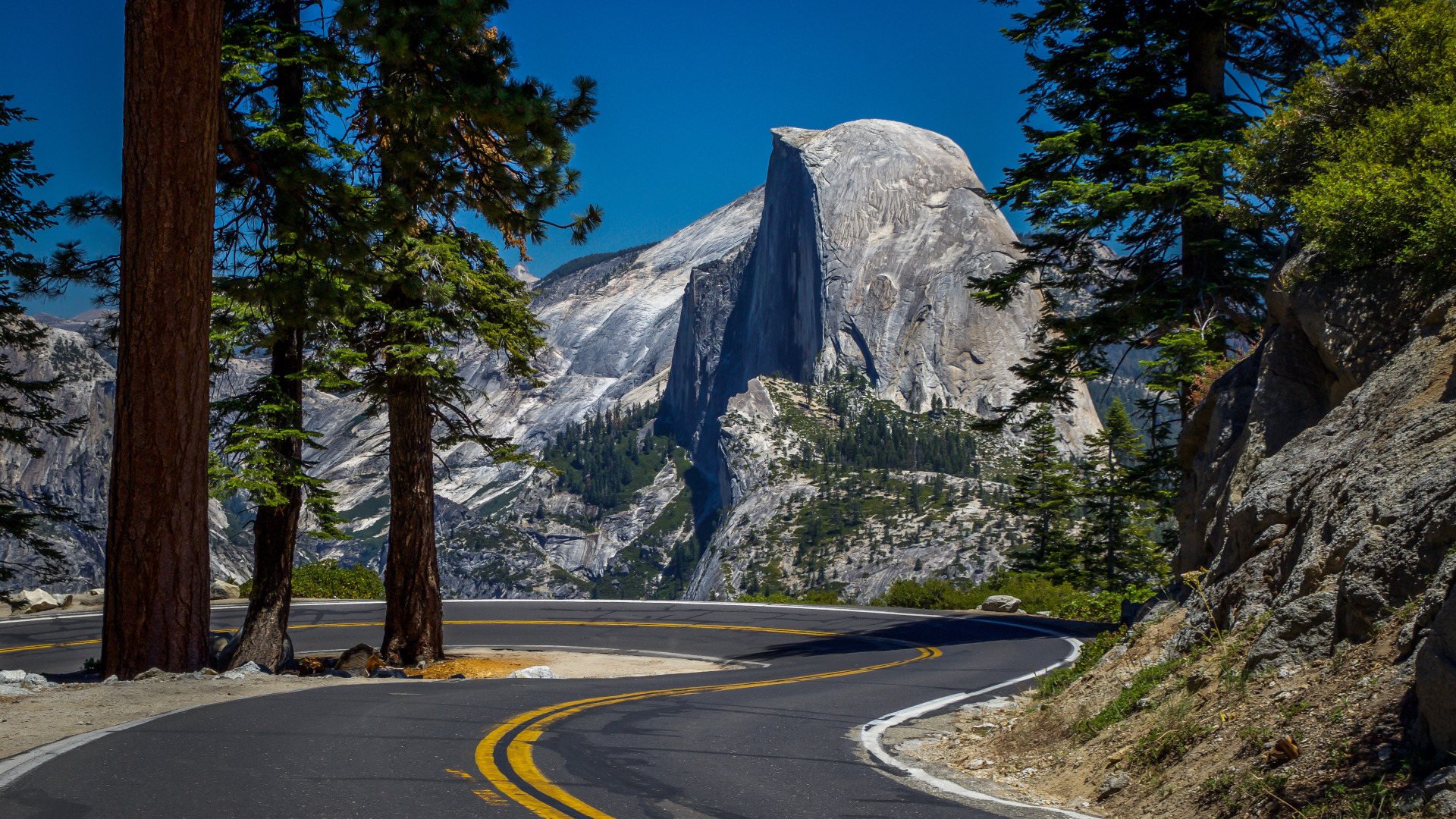
Rock climbing Yosemite: where to go
There is rock climbing all over the park, but you can basically divide it up into two main areas: Yosemite Valley, where you’ll find cracks galore in El Capitan, Half Dome, Sentinel Dome, Cathedral Rocks and Royal Arches, and Tuolumne Meadows which at 5,000ft has a more alpine feel with lots of incut edges and knobs as well as cracks.
Rock climbing Yosemite: when to go
Spring and fall are the best times to climb in Yosemite. Summer can get very hot and very crowded here, while the Valley sees snow and ice in the winter months.
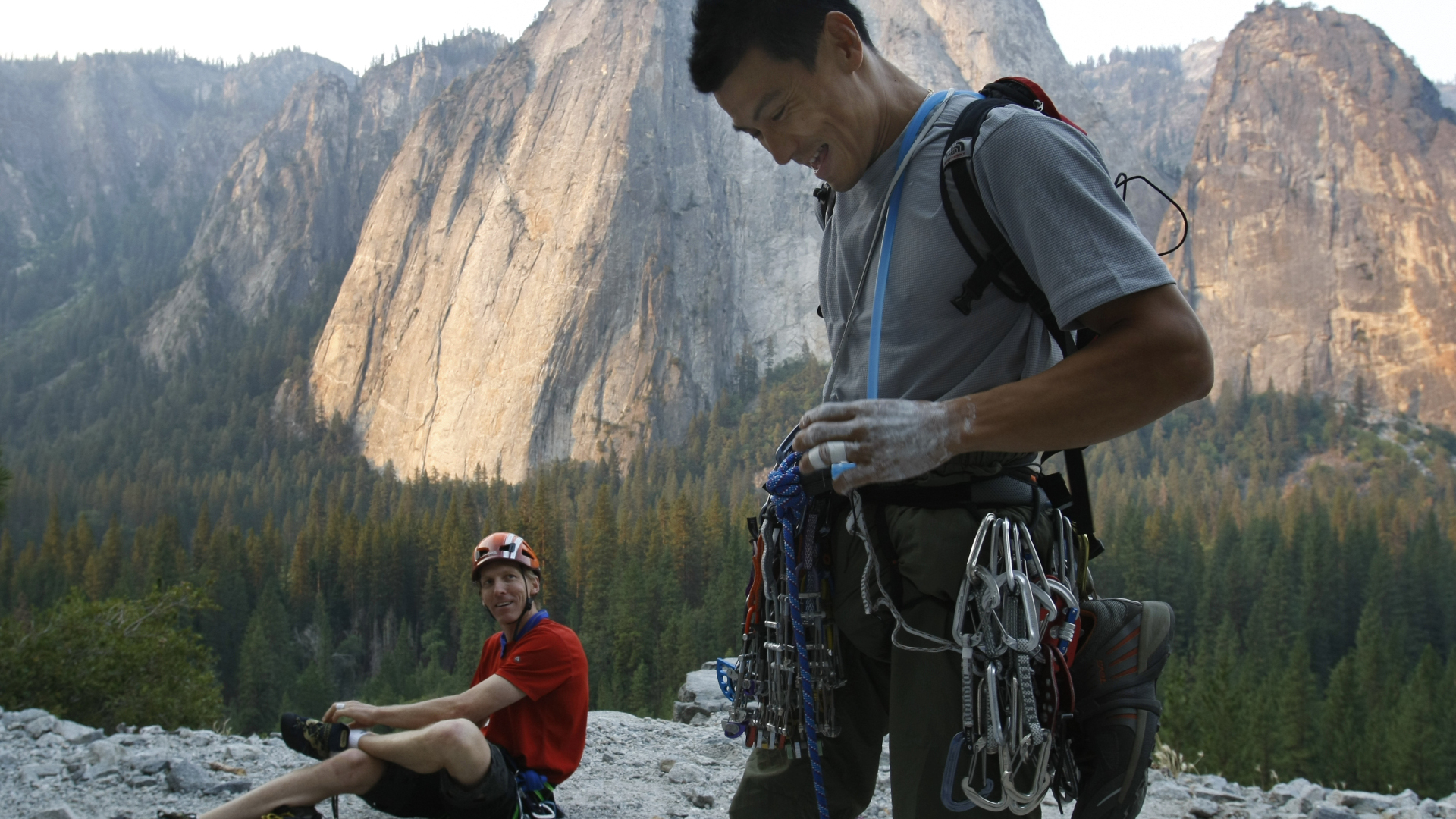
Rock climbing Yosemite: other tips
- Grade down: in the beginning, pick routes that are a couple of grades down from your usual routes to minimize frustration and disappointment.
- Expect crowds: Yosemite draws a lot of climbers, so plan to find yourself waiting in line for your turn to tackle a route, and don’t expect to have all day on it once you get on belay.
- Plan ahead: buy a guidebook and plan your climbs in advance, so you know exactly what climbing gear to bring, and understand both your route and descent for multi-pitch climbs
- Wear a helmet: you should pretty much always be doing this, but because Yosemite experiences significant rockfall and you’re often climbing below other parties, you want to be protected from falling rocks and gear
- Watch for wildlife: you might see a lot of wildlife action in Yosemite – don’t just leave a bag full of food down at the base or you’ll attract unwanted attention from the local bear population, and beware of nesting birds, bats and snakes in the cracks
Julia Clarke is a staff writer for Advnture.com and the author of the book Restorative Yoga for Beginners. She loves to explore mountains on foot, bike, skis and belay and then recover on the the yoga mat. Julia graduated with a degree in journalism in 2004 and spent eight years working as a radio presenter in Kansas City, Vermont, Boston and New York City before discovering the joys of the Rocky Mountains. She then detoured west to Colorado and enjoyed 11 years teaching yoga in Vail before returning to her hometown of Glasgow, Scotland in 2020 to focus on family and writing.

